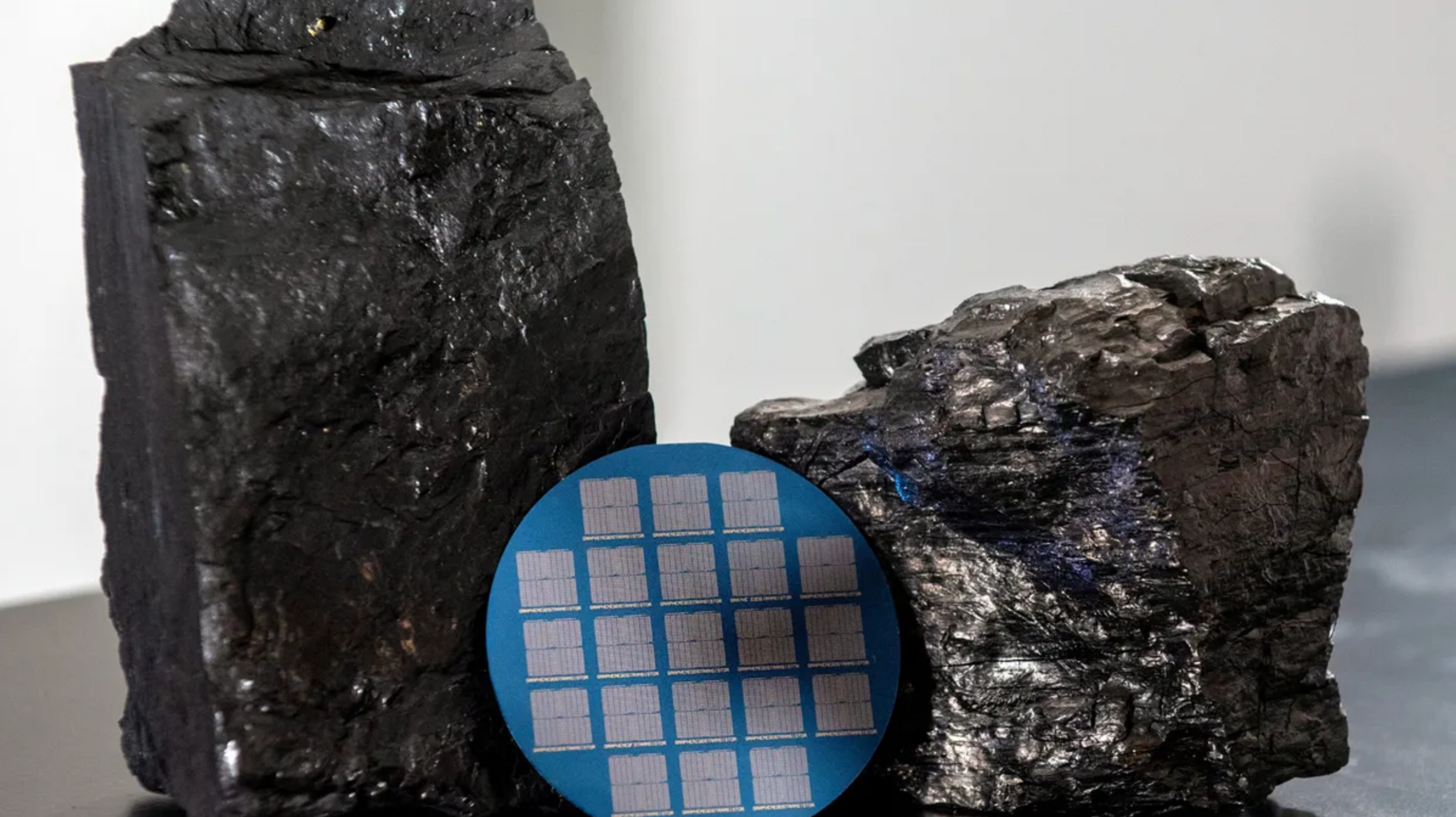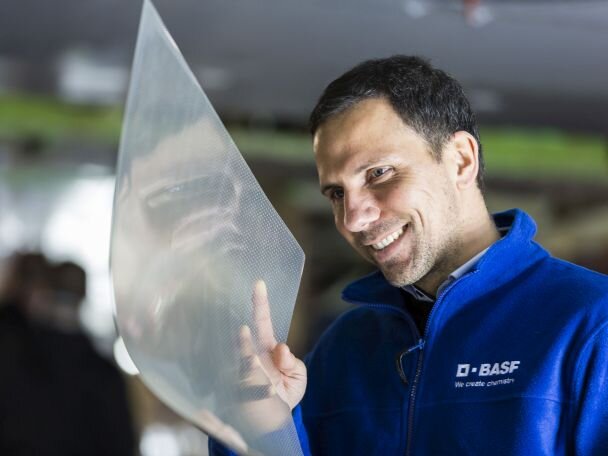A dust collector is an air pollution control equipment used in plants, factories, warehouses, and other industrial and commercial facilities. These systems control, reduce, and remove potentially harmful particulate matter and fumes from gases from the manufacturing process or the air during production and manufacturing.
Dust collectors purify and filter hazardous dust and fine particulate contaminant matter released into the environment or atmosphere to maintain and improve air quality. In general, these systems work by drawing dust and particulates through a filter that captures and separates the matter, then discharges purified air back into the workplace or environment.
The collection of dust is a very important issue for several industrial sectors such as chemical processing, power plants, food processing, recycling, metal fabrication, and many more.
Once you’ve installed the dust collecting system, maintenance plays a vital role in ensuring that industrial dust collectors will operate as reliably and efficiently as they should. When properly installed and maintained, a dust collector such as Baghouse America’s one will surpass 99.9% collection efficiency in removing particulate contaminants from ambient plant air and exhaust stacks.
To function reliably as intended, facility managers should establish a weekly, monthly, and annual maintenance schedule for the collectors. Just a few routine dust collection maintenance procedures will serve to ensure years of reliable operation of the system.
With longevity and optimal performance in mind – here are ten dust collection system maintenance tips to know.
1. Empty The Hoppers
In the majority of cases, hoppers of dust collectors are solely intended for a temporary collection of material, not storage. Therefore, collector hoppers should be emptied regularly. Too much material in the hopper may cause plugging of the dusty inlets, create air turbulence, disrupt the airflow, abrade filters, and may even create a combustible dust hazard in some cases.
2. Differential Pressure Check
This is the most basic status check for each dust collector’s health. Regular readings of differential pressure (DP) are crucial for maintaining dust collector performance. The DP will most probably fluctuate on a new baghouse or one with new filters. Ultimately, the dust collector will reach a steady-state of operation with a consistent pressure drop.
Everyday observation of DP will call attention to early irregularities which may be predictive of various upsets in operations, internal or external factors affecting performance, or that it may be the right time to perform maintenance, potentially including filter changes. Also, the DP pressure sensors and tubing lines should be cleaned and replaced at manufacturer suggested intervals. Even the smallest amounts of dust buildup in the lines may cause irreparable damages. Don’t wait until they completely fail.
3. Filter Media Inspection
Inspecting the filter media in each baghouse should be mandatory. For most applications with felted bags, the formation of a dust cake is a desirable sign of optimal filtering efficiency during operation. Also, the clean air side of the collector should be checked for evidence of leaks from tears or holes in filter bags. When a dust cake is very hard and doesn’t dislodge easily, it could be the result of moisture in the baghouse from poor quality compressed air.
4. Bag And Filter Changeouts
Filters themselves should be changed at time intervals suggested by the manufacturer of the system as well. Regular bag changeouts will provide maximum performance and minimum downtime on the whole system. It’s for the best to source reserve filters and bags from the original equipment supplier. Also, check the warranty documents and certificates from the original supplier of the dust collector system as oftentimes, replacing bags and filters with third-party products may void the system warranty.
5. Visible Emissions Check
Regularly check for emissions from the exhaust stack. Obvious signs of discharge are a sign that a seal is broken, or perhaps a bag is worn out or torn. Unwanted emissions can result in serious health concerns, property damage, or fines imposed by the local Environmental Protection Agency. Such leaks must be found and repaired straight away.
6. Regular Leak Testing
Leak testing is used as an ongoing diagnostic measure for system users and operators. The monitoring of regular emissions or leak testing is a predictive maintenance measure that helps ensure filters are not failing prematurely. If the system operator identifies increased emissions, further investigation is necessary as it can identify damaged bags which may cause different performance issues or emissions. In many applications filters are subject to abrasion, temperature excursions, or chemical attack, this way causing failure.
7. Exhaust Fans
Exhaust fans supply the motive force for ventilation air throughout a dust collection system. Therefore, if the system fan is not operating as it should, the whole system will not operate effectively. While the amperage of the fan should regularly be checked, fans belts should be inspected every three months. Unusual vibrations, variances in standard operation, and periodic squealing are the most common signs of needed fan maintenance.
8. Diaphragm Valves
The diaphragm pulse valves guarantee the effectiveness and efficiency of the cleaning system of every pulse-jet dust collector system. A diaphragm valve that is worn out or leaking can reduce compressed air availability in the system and may result in ineffective bag cleaning. Replacing an old and worn diaphragm is a simple maintenance procedure. Repair kits should be inventoried at all times for unexpected problems and needs.
9. Ductwork Inspection
Being an integral component of the ventilation system, ducts must be kept clean for the whole system to function efficiently. If material’s particulates and dust don’t reach the baghouse and settle in the duct they may choke the collector.
10. Maintenance Programs
For smaller companies with lesser capacities, regular servicing of the dust collecting system by a third-party provider can save both money and time. The regular service contract most often covers routine inspections and systems maintenance. Regular servicing can identify any worn components and offer solutions that otherwise may lead to system downtime and costly repairs.
In addition, most service contracts come with guarantees if something goes wrong.







